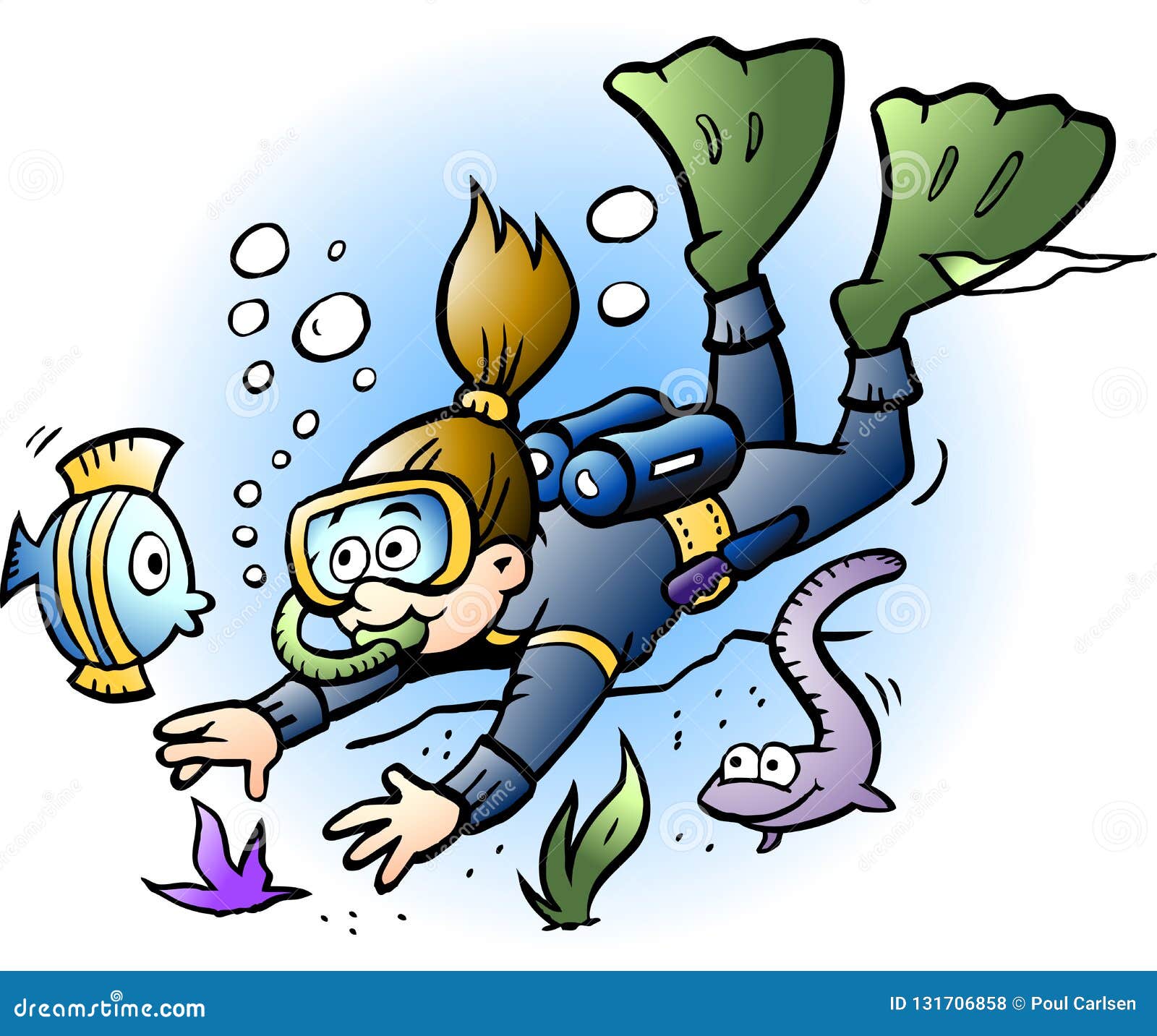I am now doing an action/inquiry project! This will be my first post incorporating the inquiry part of my project. My original plan was to make and decorate recyclable/compostable shopping bags and donate them to a store that is currently using plastic. I am still planning on making the bags but unfortunately, I won’t be able to donate them anytime soon so to make up for lost time, I will also be researching more about how my action will benefit the environment.
First, an update on my progress! I have slowly been chipping away at making some bags and have made a rough draft of the design/decorations for the outside of the bag! As mentioned in a previous post, I am planning on donating the bags to Crossroads Hospice Thrift-store, a local thrift store that I believe is doing a good job of giving back to the community. Because of this, I have chosen to decorate the bags with their store’s logo as well as symbols that help represent a positive and healthy environment.
I would love any advice or feedback on the design!
Now moving onto the inquiry portion of my project! For today’s inquiry I will be asking How does plastic affect the oceans?
How does plastic end up in the ocean?
Understanding how plastics end up in the ocean is important. When learning how the plastic got there, we can learn how to prevent it in the future. A lot of the plastic that ends up in the oceans in due to rain or wind blowing the plastic directly into the ocean or blowing it into a drain leading to the ocean. Plastic bags are especially susceptible to this because of their light weight. I also learned that many self care/cosmetics contain tiny bead of micro-plastics. Toothpaste, wet wipes and washing machines have these micro-plastics in them and once down the drain, they eventually make their way to the ocean. (3)
How can plastic harm sea life?
Most of us have heard that plastics in oceans can be detrimental to animals in the ocean. But how exactly does plastic become a deadly thing to marine life? One of the most common ways plastic can harm animals is through ingestion. Fish (or other sea life) mistake the plastic for food and eat it which can lead to intestinal injury or death. The ingested plastic eventually gets passed up the food chain as bigger fish eat the fish that swallowed the plastic therefore creating a ripple effect. (1) What happens to the animal once it has ingested plastic?
What happens to the animal once it has ingested plastic?
I was personally curious about how plastic is harmful to animals once in the stomach or what in plastic really harms them. I found that the main reason plastic is so harmful to animals is that once ingested, plastic cannot break down or be digested so it ends up being stuck in the animal’s gut. This can prevent the animal from properly digesting their other foods. (2) Sometimes animals simply can’t eat other foods due to the plastic but others can starve because they think they’re full. All the plastic in their stomach makes them think that they are full and therefore, they do not end up getting the proper nutrients. (1)
Next post, I will be giving another update on the bags and asking the question, how does plastic affect the land? (as apposed to the ocean). Thank you so much for reading and have a great week!
- https://www.biologicaldiversity.org/campaigns/ocean_plastics/
- http://www.animal-friends-croatia.org/index.en.php?id=934
- https://www.fairplanet.org/story/ways-that-plastic-gets-into-the-ocean/

Hi Cynthia! I hope you are well,
I love your design for the bag! I think the symbols are very straightforward and represent clearly what the recyclable bag signifies. I’m looking forward to reading about what you do next:)
Hi Cynthia,
Wow! Your project is coming together great! They look fantastic! I also really like the design. Very great symbols used. If it isn’t too late, perhaps you could share with us the steps in how to make the bags through pictures!
It is extremely saddening to hear about how plastic impacts the environment, especially marine life. I am glad that you have created a project that you can also implement into your own day to day life after your project is over!
Here are some links that could help you with your research:
https://www.britannica.com/science/plastic-pollution/Plastic-pollution-in-oceans-and-on-land
https://www.nationalgeographic.com/environment/habitats/plastic-pollution/
I look forward to seeing your future posts!
-Jessica O’Brien-Visbisky